Legendary musician Mulatu Astatke to deliver keynote address at MIAF AGM
Dr. Mulatu Astatke, the legendary Ethiopian musician, will deliver the keynote address at the Music In Africa Foundation's Annual General Meeting (AGM) in Addis Ababa, Ethiopia in November.
 Dr Mulatu Astatke, the father of Ethio-jazz. Photo: www.bbc.co.uk
Dr Mulatu Astatke, the father of Ethio-jazz. Photo: www.bbc.co.uk
This year the foundation’s AGM comes to Addis Ababa for the first time from 10 - 12 November, with at least 40 international music role players from across the globe visiting the country to engage with local practitioners throughout the three days. Astatke will share his thoughts with the gathering on Friday 11 November.
Best known as the father of Ethio-jazz, Astatke has performed all over the world and won many accolades in an illustrious musical career that has produced numerous global hits. In 2011 Astatke was one of the first African music professionals who gathered in Johannesburg to discuss the establishment of Music In Africa.
Born in the western Ethiopian city of Jimma, Astatke was musically trained in London, New York City and Boston, where he combined his jazz and Latin music interests with traditional Ethiopian music. Astatke led his band while playing vibraphone and conga drums — instruments that he introduced into Ethiopian popular music — as well as other percussion instruments, keyboards and organ. His albums focus primarily on instrumental music, and Astatke appears on all three known albums of instrumentals that were released during Ethiopia’s Golden ’70s.
Astatke’s family sent the young Mulatu to study engineering in Wales during the late 1950s. Instead, he earned a degree in music through studies at the Welsh Lindisfarne College and then Trinity College of Music in London. In the 1960s, Astatke moved to the United States, where he became the first African student to enroll at Boston’s prestigious Berklee College of Music, where he studied vibraphone and percussion.
While living in the US, Astatke became interested in Latin jazz and recorded his first two albums, Afro-Latin Soul, Volumes 1 & 2, in New York City in 1966. The records prominently feature Astatke’s vibraphone, backed up by piano and conga drums playing Latin rhythms, and were entirely instrumental, with the exception of the song 'I Faram Gami I Faram', which was sung in Spanish. Though these records are almost indistinguishable from other Latin jazz records of the period, some tracks foreshadow elements of Astatke’s later work, and he is credited with having established conga and bongo drums as common elements in Ethiopian popular music.
In the early 1970s, Astatke brought his new sound, which he called Ethio-jazz, back to his homeland while continuing to work in the US. He collaborated with many notable artists in both countries, arranging and playing on recordings by Mahmoud Ahmed, and appearing as a special guest with Duke Ellington and his band during a tour of Ethiopia in 1973.
During this time, Astatke recorded another album in New York, 'Mulatu of Ethiopia' (1972). Meanwhile, the bulk of his recorded material was being released on Amha Eshèté’s eponymous Ethiopian label Amha Records in Addis Ababa, which released several Mulatu Astatke singles along with the 1974 album 'Yekatit Ethio-Jazz' and six out of the 10 tracks on that year’s Ethiopian Modern Instrumentals Hits compilation. Astatke’s records appeared alongside releases by notable Ethiopian vocalists Mahmoud Ahmed, Tlahoun Gèssèssè, Alèmayèhu Eshèté, and others, all of whose music was influenced by the infusion of American jazz and Latin instrumentation that Astatke brought to Ethiopia.

















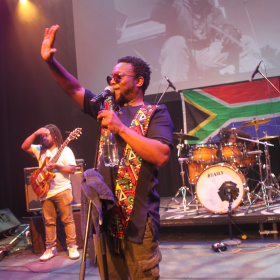

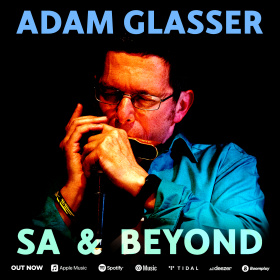


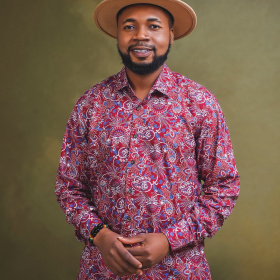
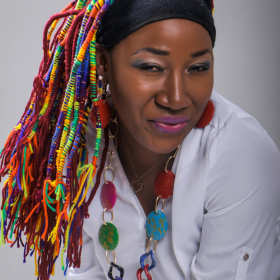

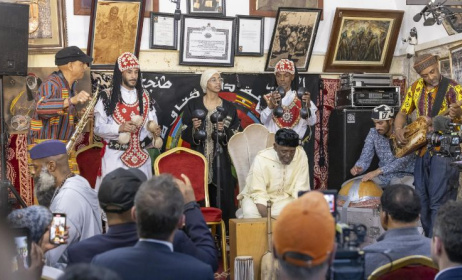



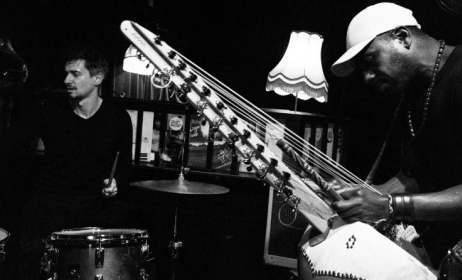


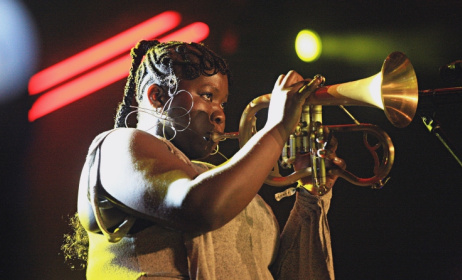

Comments
Log in or register to post comments